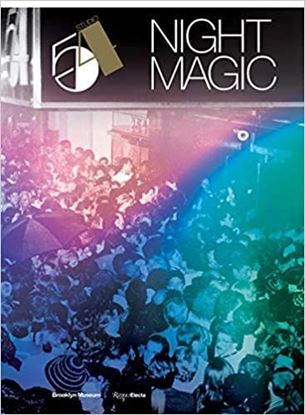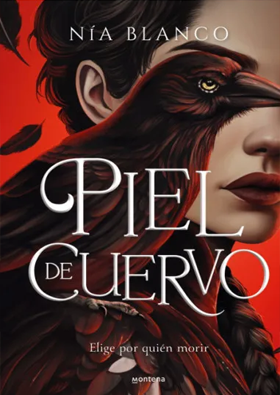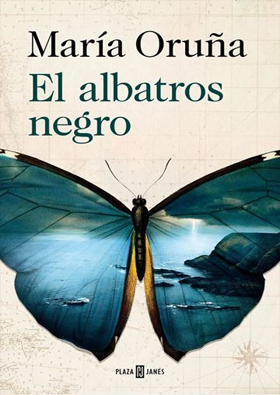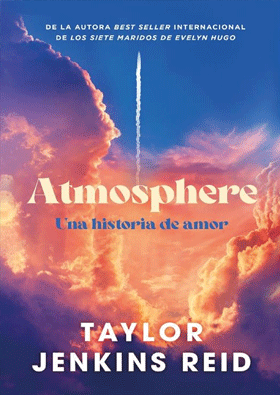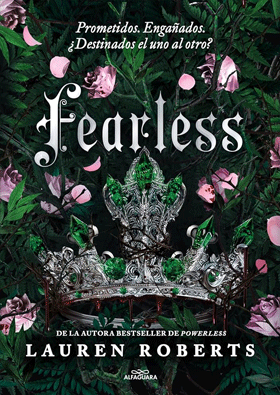

STEVEN SPIELBERG
Las películas de Spielberg son célebres y han cautivado a millones de espectadores por la forma en que combinan el aspecto comercial con la profundidad creativa del director. A menudo sus filmes ocultan un cierto trasfondo oscuro que se complementa con su maestría para entrelazar historias extraordinarias con los aspectos más mundanos de la vida. Y es
que hasta Indiana Jones tiene un lado vulnerable y humano.
2,200
STONE AGE (45TH ED.) (INT)
Follow photographer Frédéric Chaubin as he embarks on a unique, century-spanning journey through Europe. Featuring images of more than 200 buildings in 21 countries, Stone Age presents the history and architecture of the most dramatic medieval castles of the continent in an unprecedented collection.
Building on the success of his foray into Soviet design with CCCP, Chaubin once again documents the afterlife of highly rational structures that seem out of place in a modern-day world. Precursors of Brutalism, these castles value function over form and epitomize the raw materials and shapes that would go on to define so much of architectural history.
Shot on film with a Linhof view camera, the collection is the outcome of five years of travel and investigation. Complete with a practical map and explanatory essay, its castles tell the story of 400 years, unfolding through the feudal Middle Ages into the 15th century.
A photographic study of decay as much as endurance, Stone Age traces the history of some of these singular structures that continue to enchant their audiences today and that occupy a distinct, mystical place in our collective imagination.
2,300
STUDIO 54. NIGHT MAGIC (B) (OF3)
There has never been--and will never be--another nightclub to rival the sheer glamour, energy, and wild creativity that was Studio 54. This catalog accompanies an exhibition at the Brooklyn Museum exploring how Studio 54 was a unique zeitgeist of an era.
From the moment it opened in 1977, Studio 54 celebrated spectacle and promised a never-ending parade of anything goes. Although it existed for only three years, it served as a catalyst that brought together some of the most famous, creative, and strangest people in the world. It quickly became known for its all-ages celebrity guest list and its uniquely chic clientele of superstars and freaks of all races and sexual preferences who would often show up half-dressed or in costume. From the cutting-edge lighting displays and sound system to its elaborate sets that would change on a whim, altering the environment and ambiance, it was the beginning of nightclub as performance art.
Now, the Brooklyn Museum is staging the first exhibition featuring the nightclub as a bellwether of New York City cultural life. More than 650 objects--spanning fashion, photography, drawings, film, and music--as well as video, film, and soundtrack, create an immersive experience, with an exhibition design inspired by the club's original lighting and atmosphere. Highlights include never-before-published costume sketches by artist Antonio Lopez and newly discovered set designs, as well as ephemera salvaged by the original club staff and interviews with the cultural luminaries who were there.
Telling the story of this legendary club, as well as serving as a companion to the exhibition, Studio 54: Night Magic serves as a document of the era, depicting the wild energy and provocative creativity of this seminal cultural moment.
995
TAYLOR SWIFT... ESENCIAL
El ascenso meteórico de Taylor Swift al estrellato es la historia de este siglo.
Taylor ha dominado la industria musical desde sus inicios como sensación adolescente de la música country hasta convertirse en un fenómeno global del pop.
Es la primera mujer con cuatro álbumes en el Top Ten de la lista Billboard de forma simultánea, y ha recibido catorce Grammy Awards y cuarenta American Music Awards.
850
TE QUIERO.NO ME JODAS. COMO ESCRIBIR DI.
La mayoría de los manuales de guion son, en palabras del autor de este libro, «como los gritos constantes que el entrenador le pega aljugador infantil, y que más que situarlo mejor ante el desafío quetiene delante, lo llenan de inseguridad. No digo que sean maloslibros. Ni mucho menos. Algunos son textos formidables (?). Entonces,¿cuál es el problema? Que no hablan del proceso». Esos manualesacostumbran a dar mucha información y consejos para alcanzar un buenresultado, pero se olvidan de mostrar cómo se ha llegado hasta ahí:los errores que se convierten en aciertos y los aciertos que acabansiendo errores; los diálogos que cierran posibilidades, los que abrendemasiado el campo, los que definen bien a un personaje, pero plantean dudas sobre si podrían ser mejores?-Te quiero -No me jodas explica cómo se crean diálogos, pero no puedecrear guionistas.
1,500




